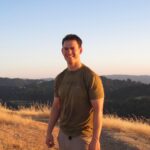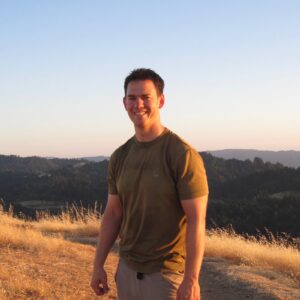Developing an analysis strategy up front in parallel with experimental design is key to avoiding costly errors down the road. Sample size, number of replicates, censoring, and analysis approach should all be thoroughly considered before dropping a single worm on a plate. Disciplines ranging from drug development to sociology to manufacturing use lifespan or survival analysis and the number of variations and analytical approaches can be daunting. Fortunately, a convergence of statistical and practical considerations produces a few basic guidelines for designing a C. elegans lifespan assay1-4.
Consideration 1: How many worms do I need?
Statistical simulations indicate that an individual assay will need a sample size of at least 150 worms for changes in lifespan to be statistically significant4,6. This means you need at least 150 data points at the end of the experiment. In practice, if more than 30% of the worms are censored (lost or thrown out), then the assay is compromised, so at least 200 worms per replicate is a good place to start. This number adds up with multiple conditions and increases the hands-on time. If performing a manual assay, make sure that operators and time are allocated to scoring and transferring up front.
Consideration 2: How many replicates will I need?
Ideally, multiple independent replicate assays should be run to validate the experiment. With lifespan assays lasting longer than thirty days, tandem repeats of experiments could take months to complete. To condense this time, staggered starts of replicates can be used. While logistically more challenging, staggering starts does help distribute the workload and makes the early worm transfers less onerous. If tandem repeats or staggered starts are not practical (as with some automated assays), one approach in C. elegans is to derive each replicate from a separate population. Several generations before the lifespan assay, each strain is split into multiple replicates that are maintained and synchronized separately. The sample size and replicate strategy should be tuned to your application. A dose finding assay or initial screening screening can use smaller populations and/or fewer replicates spread across more conditions. However, a drug candidate assay intended for publication will likely require large sample sizes and tandem replicates.
Consideration 3: How do I analyze lifespan data?
The most fundamental and recognizable element of lifespan analysis is the survival curve, a plot of the percent of the populations still surviving over time. Beyond that, there is a vast body of knowledge and nuance to performing survival analysis. Here is a short list of basic analysis and parameters to obtain for any C. elegans lifespan assay:
- Survival curve
- Plot of percent survival over time.
- Kaplan-Meier estimate of survival function
- Mathematical representation of the survival curve that takes into account censored individuals.
- Used to calculate hazard rate and forms the basis for other statistical analysis.
- Hazard rate
- Probability that an animal currently living will soon die.
- Log-rank test
- Statistical comparison of two survival curves over the duration of the lifespan.
- Variations on log-rank test weight early and late deaths differently.
- Median lifespan
- Mean lifespan
- Maximum lifespan (average lifespans of the top 10%)
- Fisher’s exact test.
- Statistical comparison of survival at specific time points.
Even the survival curve itself becomes mathematically complex when censoring comes into play. Censored individuals are those that lived to a certain point in the assay, but then disappeared or their deaths could not be recorded for any number of reasons. There is information in censored individuals because they did live to a certain point and simply excluding them introduces bias in the data. An excellent online resource for selecting and interpreting lifespan analysis is the Online Application for Survival Analysis (OASIS2)5.
References
- Lithgow, G. J., Driscoll, M. & Phillips, P. A long journey to reproducible results. http://www.nature.com/news/a-long-journey-to-reproducible-results-1.22478 (2017) doi:10.1038/548387a.
- Amrit, F. R. G., Ratnappan, R., Keith, S. A. & Ghazi, A. The C. elegans lifespan assay toolkit. Methods 68, 465-475 (2014).
- Park, H.-E. H., Jung, Y. & Lee, S.-J. V. Survival assays using Caenorhabditis elegans. Mol. Cells 40, 90-99 (2017).
- Gruber, J., Ng, L. F., Poovathingal, S. K. & Halliwell, B. Deceptively simple but simply deceptive–Caenorhabditis elegans lifespan studies: considerations for aging and antioxidant effects. FEBS Lett. 583, 3377-3387 (2009).
- Han, S. K. et al. OASIS 2: online application for survival analysis 2 with features for the analysis of maximal lifespan and healthspan in aging research. Oncotarget 7, 56147-56152 (2016).
- Petrascheck, M. & Miller, D. L. Computational Analysis of Lifespan Experiment Reproducibility. Front. Genet. 8, 92 (2017).




